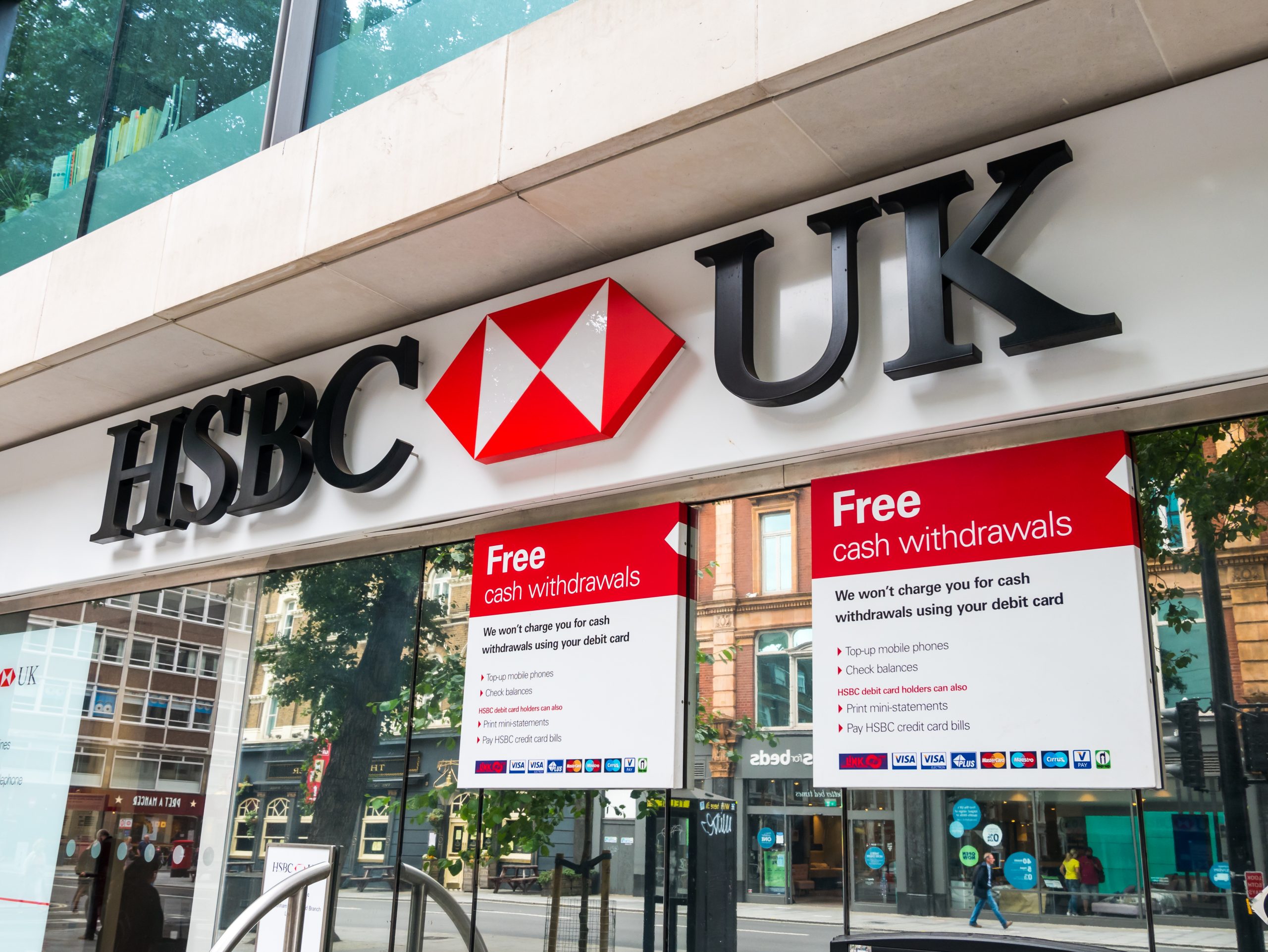News
10 years on: The evolution of the HSBC mobile banking app

This year marks the tenth anniversary of the launch of HSBC’s mobile banking apps. From its humble beginnings as a quick balance check, it now offers everyday banking in your pocket.
For many, mobile banking is such an ingrained feature of modern-day life it’s hard to picture a time without it. Whether it’s pinging money to a friend to split the bill, checking your monthly pay has gone in or moving that bit of extra cash to your savings account, most day-to-day financial transactions can now be completed with a swipe.
What’s more, your bank’s app can now help you achieve medium or long-term goals such as investing to buy your first home or planning your retirement.
All innovations start somewhere, and it may or may not come as a surprise that our first app mirrored the functionality of the humble cashpoint.
In 2012 we launched one of the first apps from a high street bank. ‘Fast Balance’ was – as the name suggests – an app that registered your debit card, used your credentials to show your balance and last six transactions, but had the added feature of topping up your mobile phone. Despite not being function rich, the app filled a gap in the market and uptake was quick.
By the following year over one million customers had signed up to Fast Balance. By now HSBC and others had the functionality to allow customers to view more than one account and other products such as credit cards, savings, etc.
Users could also see a longer list of transactions, over the past 90 days. These updates were part of HSBC’s Mobile 1.5 app and as its user base grew, Fast Balance was demised.
In 2014, we began issuing customers with a digital secure key which generates a one-time passcode, adding an additional layer of security. We signed up to the mobile payments system, Paym, so customers could send money to an individual’s mobile phone number if they didn’t have their account details.
By 2015, the app was faster and offered access to more products – customers could apply for a personal loan within minutes and a loyalty cash ISA was just ‘one click’ away.
[smartslider3 slider=”3″]
We hit two million users in 2016 and having initially launched on Apple and Android, the app became available on Blackberry, Windows and Amazon devices in 2017.
The latest version – Mobile X – enabled customers to send money to a new payee using their digital secure key for authentication.
In 2018 PSD2 legislation took effect, marking the start of the open banking revolution. HSBC Connected Money launched, enabling customers to see accounts from different providers in one place. The app introduced a new feature to help users manage their money; Balance after Bills showed customers what funds they had left after their monthly outgoings.
As open banking slowly became more ‘business as usual’, Connected Money was demised and key features such as Balance after Bills were integrated into HSBC’s main app. Meanwhile to support our vulnerable customers, we introduced the option to self-exclude from all gambling transactions.
With the pandemic affecting our customers and employees, in 2020 we introduced features to help people bank remotely such as cancelling standing orders and Direct Debits, paying credit cards and increasing overdraft limits. Users could see pending card transactions and receive new transaction notifications for the first time. The following year we introduced a new feature to help people invest in just five steps.
In our tenth year we have introduced new security credentials to make it easier to log on to mobile banking and reduce the risk of getting locked out. Customers can now set up a six digit Digital Secure Key PIN and access the app on several different devices.
There’s also an in-app chat feature for help making payments, an option to close loans via mobile, and pay registered providers for goods and services through the app, without entering their card details at checkout.
Today we have five million active users and our customers sign in 23 times per month, on average.
What will the next ten years bring?
Mobile experiences will be focused on personalisation, automation and added value. Expect to customise your app to your financial needs. Products, services, offers and suggestions will be based on who you are and how you spend, invest, and interact, using the data that we already know of our customers.
Day-to-day transactional banking will be more or less fully automated and running to customer preferences, meaning that customers can focus on medium to long-term financial goals such as saving and investing.
Open banking will continue to evolve and customers should not only be able to make HSBC banking decisions in the app, but across their non-HSBC financial services and beyond.
One thing is for sure, the demand for digital journeys will only increase and banks have every opportunity to provide an innovative customer experience.
Matt Turner is head of digital at HSBC UK